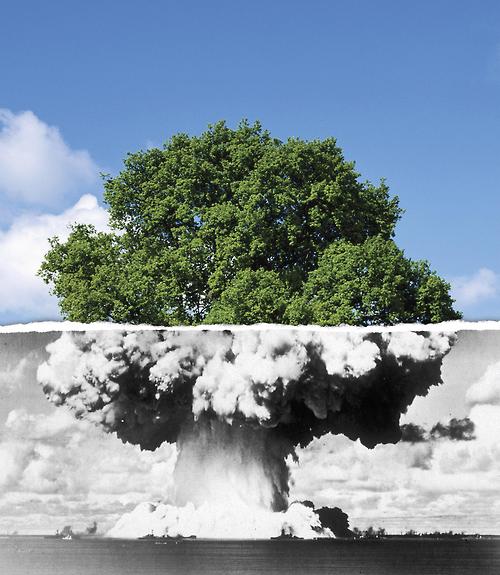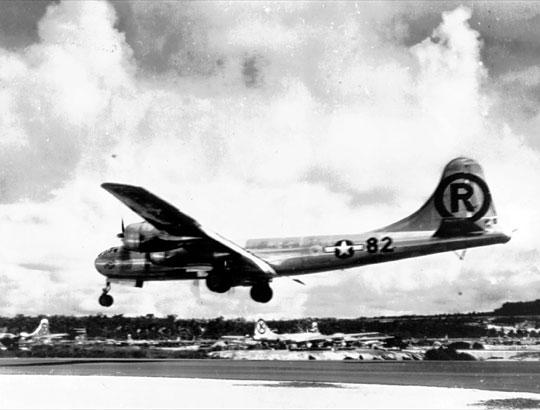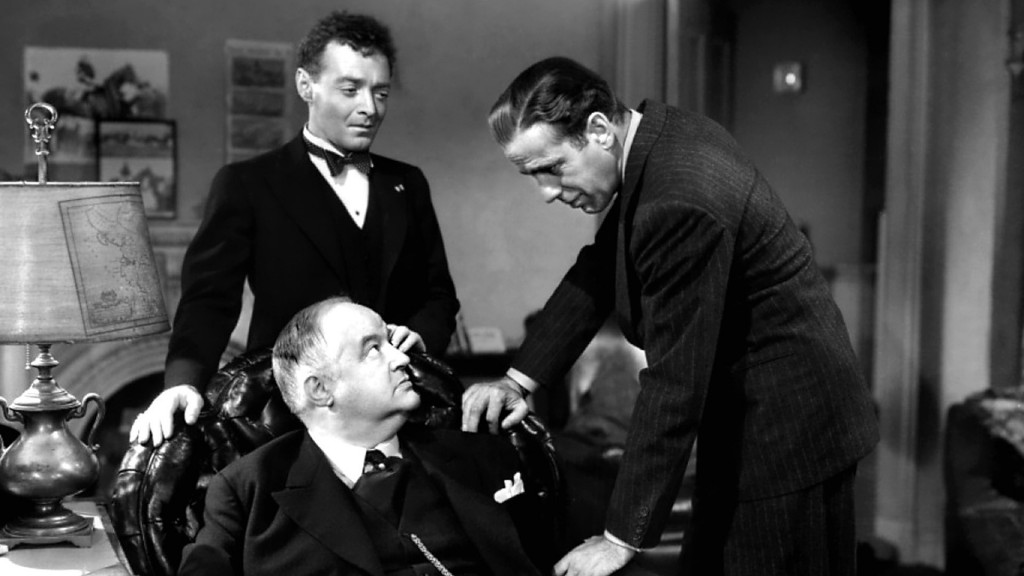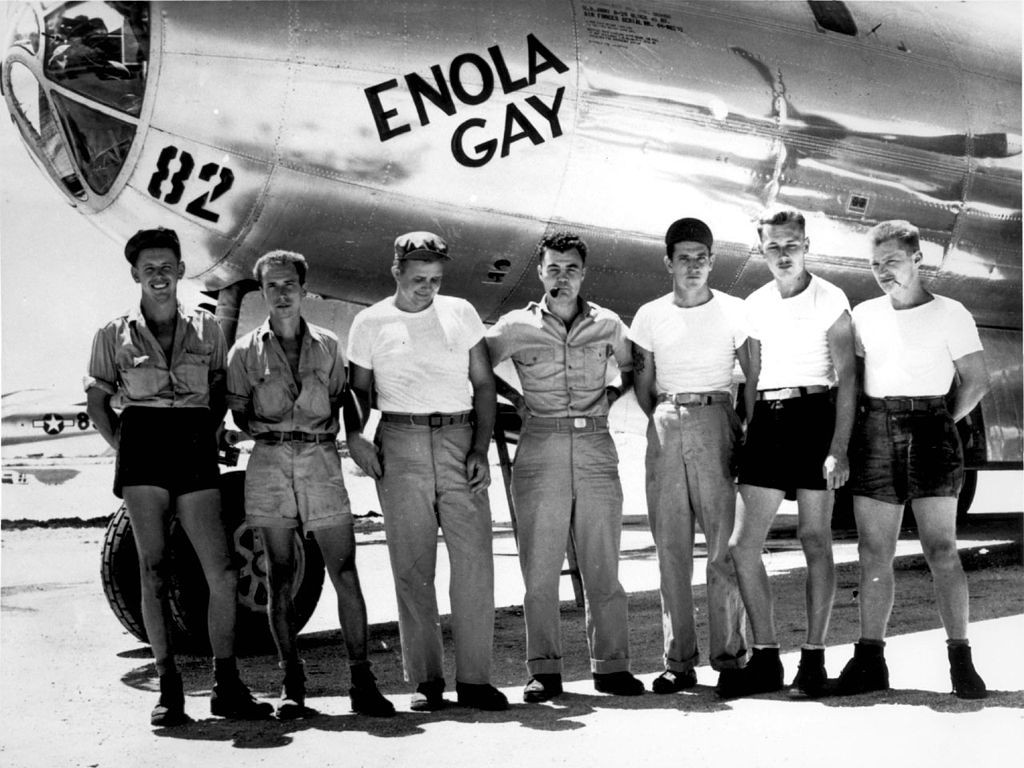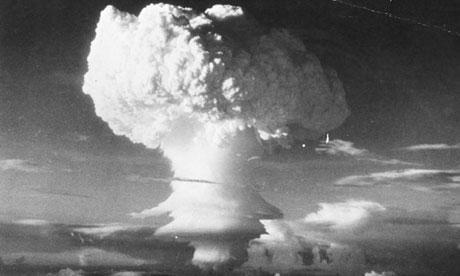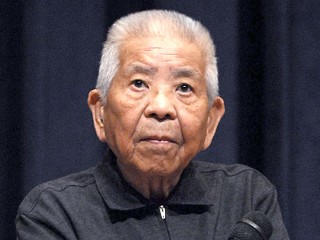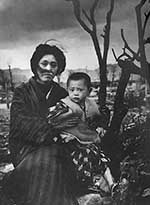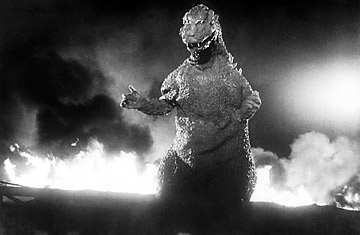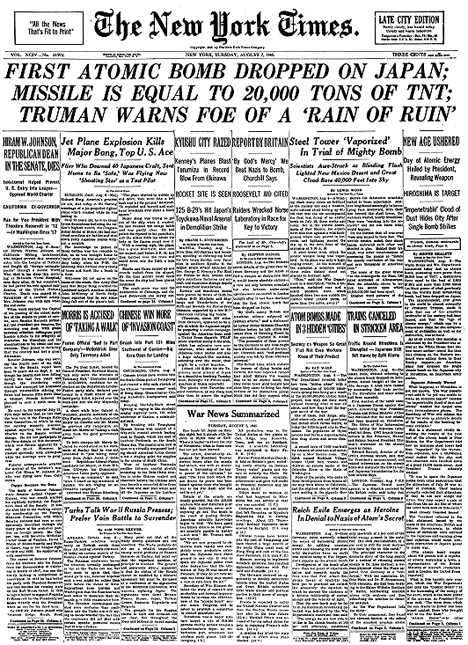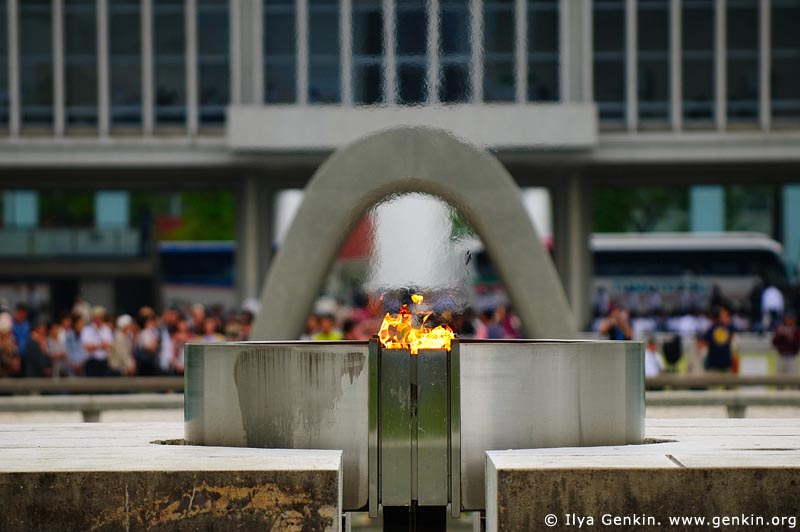Here are 20 facts about the hellish nuclear attack on Hiroshima, Japan on , August 1945:
#1. There was a warning sign for the bombing.
The US Airforce before dropping the A-bomb dropped pamphlets in Hiroshima warning people of the bombing.
#2. The Mayor of Hiroshima protested the nuclear tests in Hiroshima.
For decades, the mayor of Hiroshima, Tadatoshi Akiba wrote letters of protest each time a nuclear test was conducted, as a plea to end the use of nuclear weapons.
#3.The code name for the bombs was taken from the movie ‘The Maltese Falcon’
The bomb dropped over Hiroshima was a uranium gun-type atomic bomb with codename ‘Little Boy’ while the one dropped on Nagasaki was a plutonium implosion-type atomic bomb with codename ‘Fat Man’. The bomb designs were created by Robert Serber who chose the codenames according to the design shapes of the bombs. The ‘Fat Man’ was round and fat, and was named after Sydney Greenstreet’s ‘Kasper Gutman’ character in The Maltese Falcon. ‘Little Boy’ was named after Elisha Cook, Jr.’s character in the same film, as referred to by Humphrey Bogart.
#4.About 12 cyanide pills were kept in the cockpit of the Enola Gay (plane carrying A-bomb).
The pilots were instructed to take them if the mission was compromised during the bombing of Hiroshima.
#5.Only 3 of the 12 people on board the Enola Gay actually knew the real purpose of their mission to Hiroshima.
#6. The radiation from the explosion created permanent shadows
Hiroshima shadows”: When the atomic bomb was dropped on Hiroshima, the blast was of such intensity that it permanently burned shadows of people and objects into the ground.
#7. Japanese radars had detected the plane carrying the bomb.
In 1945, Japanese radar operators detected a small number of incoming US planes (one of which carried the nuclear bombs to be dropped on Hiroshima and Nagasaki), but decided not to intercept them as the small number of planes were not seen as a threat.
#8. It took Tokyo about 3 hours before they realized Hiroshima had been bombed.
Little Boy exploded over Hiroshima at 8:15 A.M. of August 6, 1945. About an hour earlier, the Japanese radar net had detected American aircrafts heading towards southern Japan and an alert had been issued in many cities, including Hiroshima. However, at 8:00 A.M. the operator determined that the number of planes was very small, probably not more than three, and the air raid alert was lifted.via
#9. Policemen in Nagasaki were saved by using the ‘duck and cover’ method.
After the first Hiroshima atomic bombing in Japan, one Hiroshima policeman went to Nagasaki to teach police about ducking after the atomic flash. As a result of this timely warning, not a single Nagasaki policeman died in Nagasaki’s atomic blast.
#10. One Japanese man survived both Hiroshima and Nagasaki.
In 1945, a man named Tsutomu Yamaguchi survived the atomic blast at Hiroshima, dragged himself into an air-raid shelter, spent the night there, in the morning caught a train so he could arrive at his job on time in Nagasaki, where he survived another atomic blast.
#11. The Gingko Biloba trees survived the Hiroshima bombing.
The Gingko Biloba species of three is 270 million years old. It rarely suffers disease or insect attack and was one of the only living things to survive the Hiroshima nuclear bombing. The trees healed quickly and are still alive today.
#12. The Japanese army planned to have every man, woman and child to fight America to the death Kamikaze style even after Hiroshima. They even attempted a coup when the Emperor gave word to surrender.
#13. After the bombing in Hiroshima, the survivors headed towards Nagasaki.
After the atomic bombing of Hiroshima, hundreds of people (many of them already injured), made their way towards Nagasaki. Of these, 165 survived, both the bombings and lived to tell the tale.
#14. Godzilla was conceived as a metaphor for the nuclear bombings.
Godzilla was created by Japan as a reaction to the bombings of Hiroshima, the monster itself spawning as a result of the nuclear detonations of Hiroshima and Nagasaki
#15.The US dropped about 49 practice bombs nicknamed “pumpkin bombs” that killed 400 and injured 1,200 before nuking Hiroshima and Nagasaki.
#16. The Flower Oleander is now a symbol of Hiroshima.
Oleander was the first thing to bloom after the bombing in Hiroshima, so from that on this is the official flower of the city.
#17. “Horton Hears a Who” was an allegory about Hiroshima and the America’s occupation of Japan and may have been Dr. Seuss’s way of apologizing for his support of Japanese Internment.
#18.U.S.A Denied That The Bombing Is Radioactive.
The USA originally denied that atomic bombs caused any lingering radioactivity whatsoever, calling such claims as Japanese propaganda. Even New York Times ran an article with the headline “NO RADIOACTIVITY IN HIROSHIMA RUIN,” citing only military sources and ignoring eyewitness accounts of radiation sickness.
#19.The closest known survivor of the Hiroshima atomic bomb was in a basement only 170m (560 ft) from ground zero.
#20.Hiroshima Peace Flame will be lit till all nuclear bombs are destroyed.
Hiroshima Peace Memorial Park was built on the open field created by the explosion. It is dedicated to the legacy of Hiroshima being the first city on earth to experience the horrors of a nuclear attack, and to the memories of the direct and indirect victims of the bombing. One of its monuments is the Peace Flame which was lit in 1964 and will continue to do so until all nuclear weapons on the planet are destroyed.
